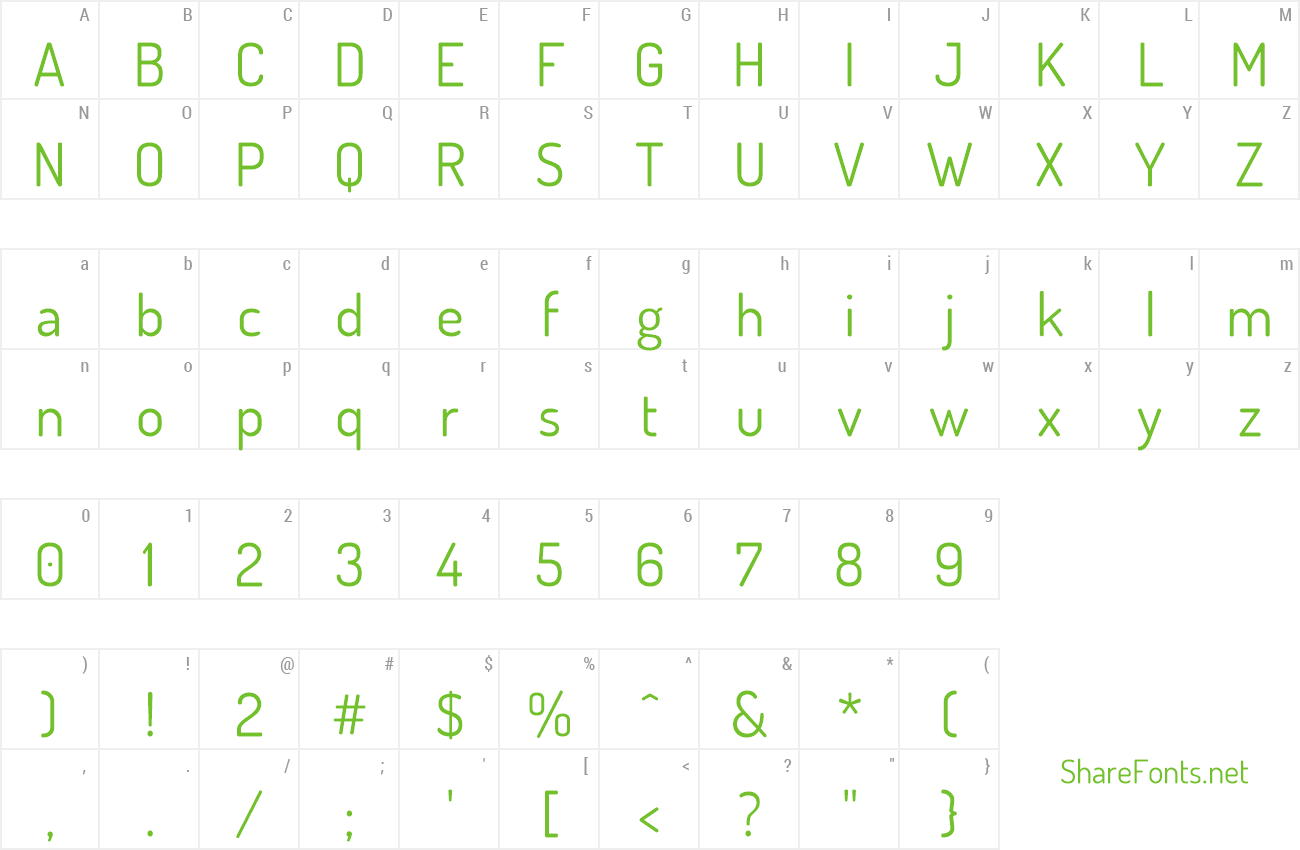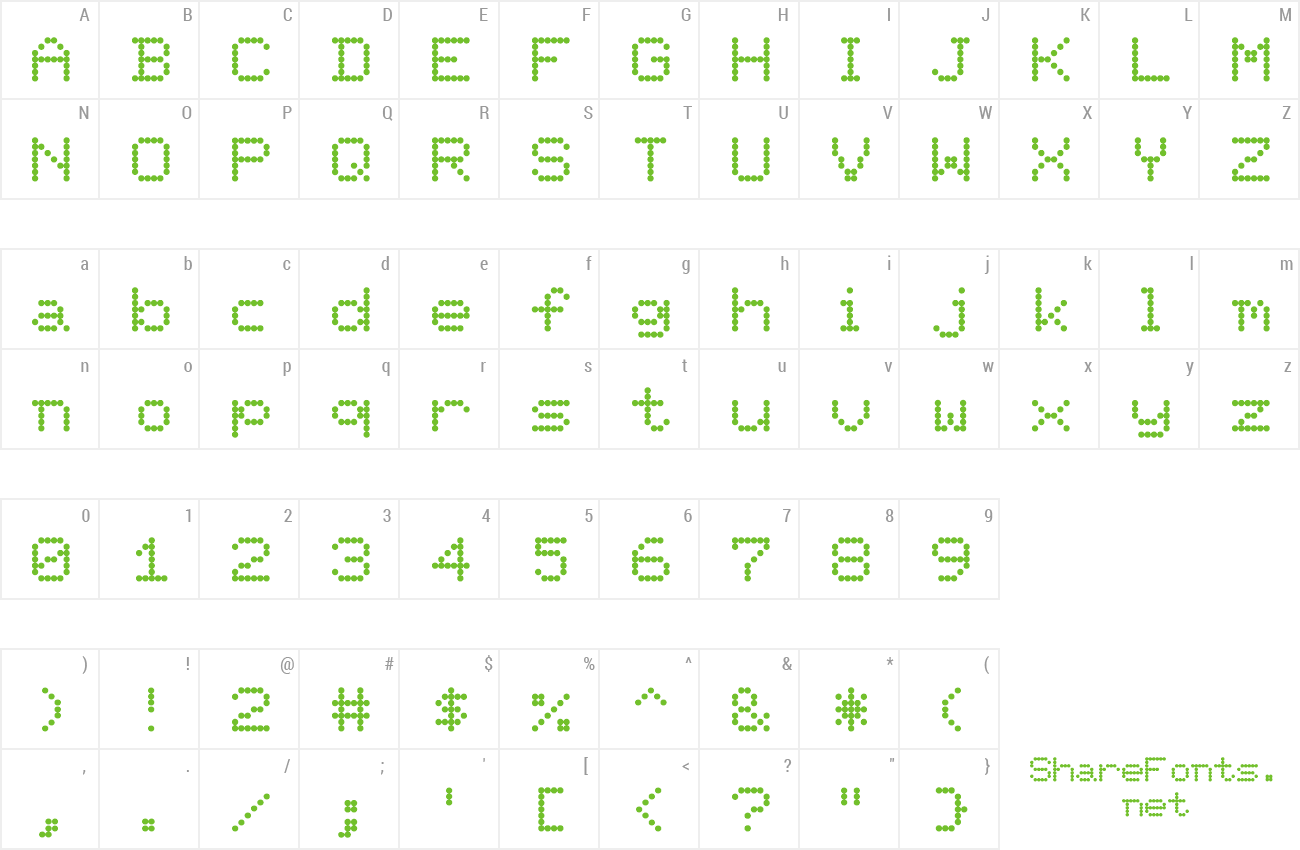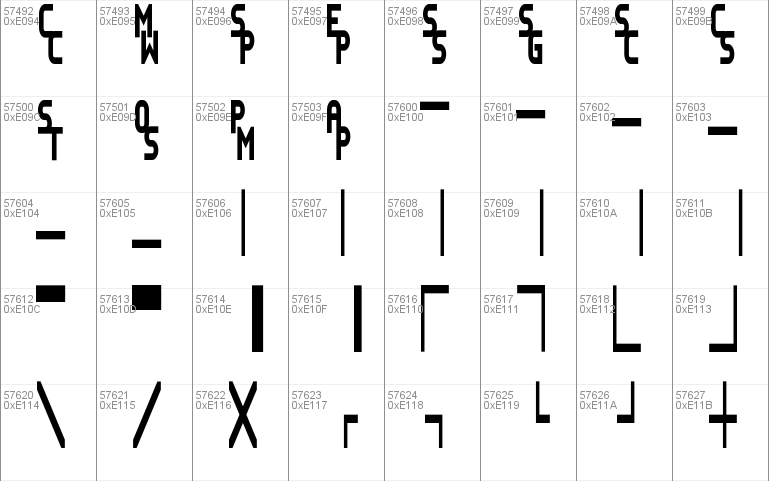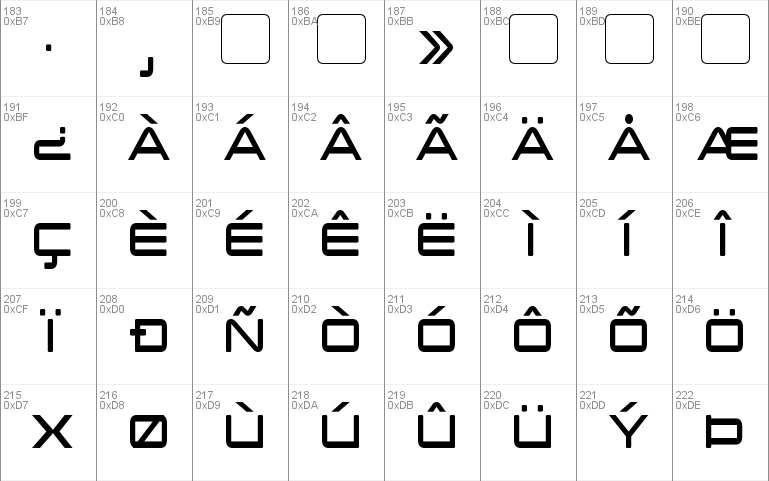

- Windows terminal font download install#
- Windows terminal font download zip file#
- Windows terminal font download update#
- Windows terminal font download manual#
- Windows terminal font download code#
This application is licensed to you by its owner.
Windows terminal font download install#
Run the following command winget install JanDeDobbeleer.OhMyPoshĮxpected output should look similar to the Following Found Oh My Posh Version 8.13.1 msixbundle file and go through the prompts and Winget will be installed Sometimes this doesn't go through and a reliable way to install winget would be, via the github releases of official git repository: ĭouble click on the. One easier thing would be to look for winget in the Windows Appstore and shows up as App Installer. There are multiple ways of installing wingeton a given windows machine.
Windows terminal font download zip file#



build directory in your home directory and to source them in your shell startup Included Fonts To do that don't forget to copy font maps ( *.sh files) in the. $CODEPOINT_OF_AWESOME_CHECK) to make your scripts and shell configurations resilient to future updates. TLDR: don't refer to glyphs by codepoints (eg. build directory, font maps are scripts which define shell variables that give names to glyphs, by sourcing those files in your shell you can refer to glyphs by name (eg. To avoid this situation you can use the font maps in the.
Windows terminal font download update#
So, if you use a codepoint to refer to a glyph after an update that codepoint can point to another glyph. Moreover, more than one icon font can use the same codepoint for different glyphs and if we want to use them both we need to move one of them. This means that Font Awesome can choose to move glyphs around freely, today \uf00c is associated to the check symbol, tomorrow it can be associated to something else.
Windows terminal font download code#
\uf00c) in your scripts or shell configuration it's not recommended because icon fonts like Font Awesome use code points ranges those ranges are not disciplined by the unicode consortium, every font can associate every glyphs to those codepoints. If you want you can find all previous patched fonts in patching-strategy branch Font Maps
Windows terminal font download manual#
The patching strategy it's more reliable and portable, the problem is that you need to patch every monospace font you want to use and patching a single font it's a lot of manual fine tuning. Initially I used the first strategy, later I switched to the second. you can use a feature of freetype2 font engine, basically you can say that whenever the current font doesn't have a glyph for a certain codepoint then fallback and go look into other fonts (fallback strategy).you can take a bunch of symbol fonts, your favourite monospace font and merge them together (patching strategy).There are two strategies that could be used to have symbols in a terminal Heavily inspired by and the relative patch script from Kim Silkebækken ( Patching vs Fallback Why do you want to use fancy symbols in your standard monospace font? Obviously to have a fancy prompt like mine :-)Īnd because when you live in a terminal a symbol can convey more informations in less space creating a dense and beautiful (for those who have a certain aesthetic taste) informative workspace


 0 kommentar(er)
0 kommentar(er)
